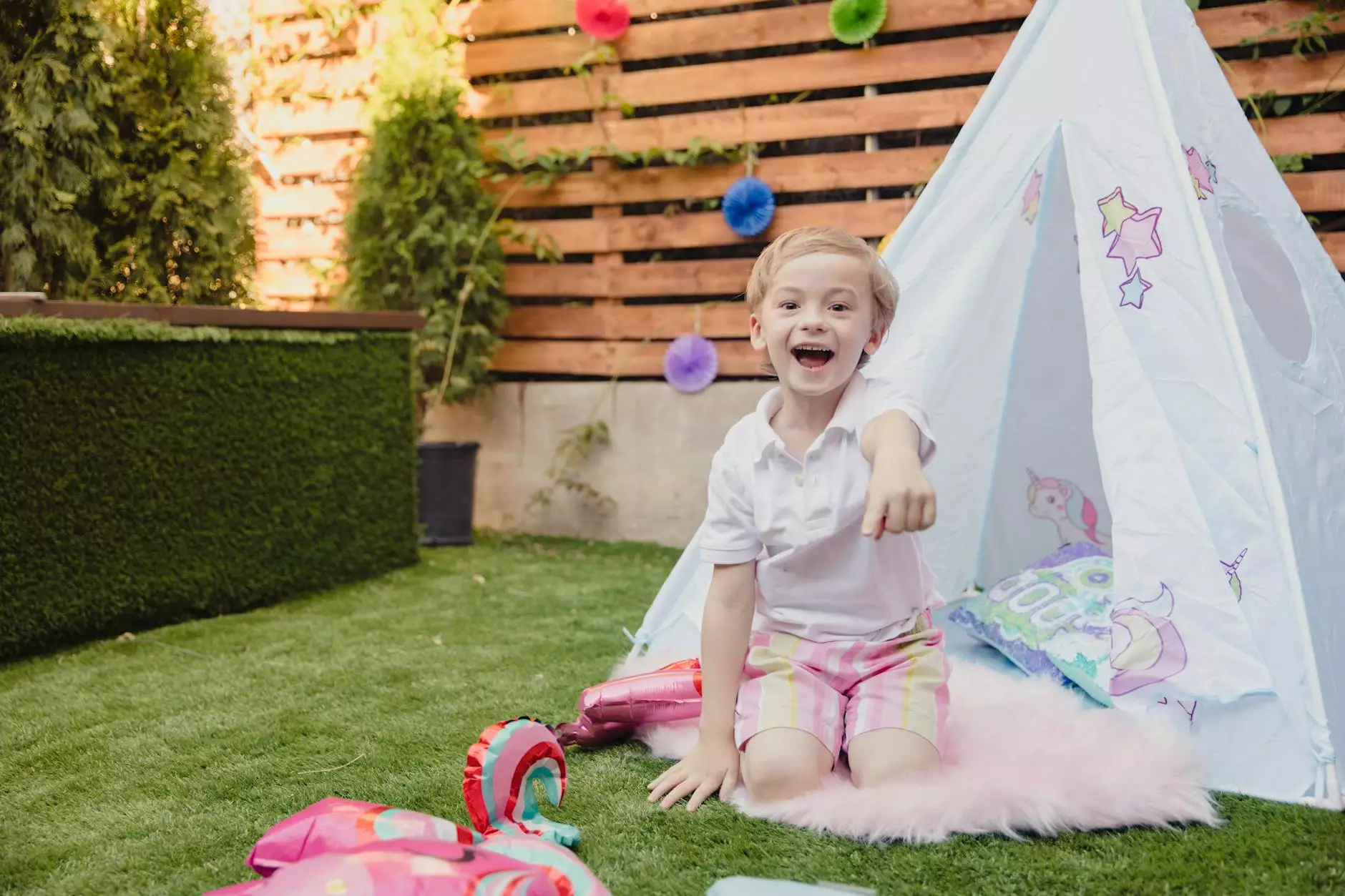The 7 Principles Of Landscape Design - What Are They?

Introduction
Welcome to Always Lovely Lawn Care, your trusted partner in creating beautiful outdoor spaces. In this article, we will explore the 7 key principles of landscape design that will help you transform your garden into a stunning oasis. Whether you have a small backyard or a sprawling estate, these principles can be applied to any space to achieve harmony, balance, and visual appeal.
1. Balance
Balance is an essential element of landscape design. It ensures that your garden feels visually stable and harmonious. There are two types of balance to consider:
1.1 Symmetrical Balance
Symmetrical balance involves creating a garden design where both sides are identical or mirror each other. This type of balance evokes a sense of formality and is particularly suitable for traditional or formal gardens.
1.2 Asymmetrical Balance
Asymmetrical balance focuses on achieving equilibrium without mirroring each side completely. It involves the strategic placement of different elements to create visual interest. This type of balance is suitable for more contemporary or informal garden styles.
2. Unity
Unity refers to the cohesion and consistency of your garden design. It involves tying all the elements of your landscape together to create a harmonious whole. Achieving unity can be done through:
2.1 Repetition
Repetition of colors, shapes, textures, and materials throughout your garden helps create a unified and cohesive look.
2.2 Consistency
Consistency in the use of design elements, such as maintaining a similar architectural style or theme, further enhances the sense of unity in your landscape.
3. Scale and Proportion
Scale and proportion are crucial in landscape design as they help create a balanced and visually pleasing composition. Some key considerations include:
3.1 Scale
Scale refers to the size of elements in relation to each other and the overall space. It's important to choose plants, hardscapes, and structures that are proportionate to the size of your garden to maintain visual harmony.
3.2 Proportion
Proportion focuses on the relative size and scale of different elements in your garden. By carefully selecting and arranging these elements, you can create a sense of balance and ensure that no single feature overwhelms the space.
4. Rhythm and Repetition
Rhythm and repetition are effective tools for creating visual interest and guiding the eye through your landscape. Consider the following techniques:
4.1 Rhythm
Rhythm can be achieved through the strategic placement of various elements, such as plants or decorative objects, to create a sense of movement or flow in your garden.
4.2 Repetition
Repetition of certain colors, shapes, or patterns at regular intervals helps establish a visual rhythm and adds an element of cohesiveness to your landscape design.
5. Focal Points
Focal points are design elements that draw the eye and create a sense of interest and balance. Consider incorporating the following focal points in your garden:
5.1 Architectural Features
An attractive gazebo, a stunning water fountain, or a well-placed sculpture can serve as striking focal points that anchor your garden design.
5.2 Specimen Plants
Create visual impact by highlighting unique and eye-catching plants as focal points. Consider specimens with vibrant flowers, interesting foliage, or unusual shapes.
6. Transition
Transition refers to the smooth flow between different areas of your garden. It helps create a sense of movement and connection within your landscape. Some transition techniques include:
6.1 Planting Gradations
Using plants with varying heights and textures can create a gentle transition from one area of your garden to another.
6.2 Pathways
Well-designed pathways guide visitors and provide a seamless transition between different outdoor spaces. Consider using materials that complement your overall design style.
7. Functionality
Functionality is an essential principle to consider when designing your landscape. Your garden should not only be visually appealing but also meet your practical needs. Some functional elements to include are:
7.1 Outdoor Living Spaces
Create inviting areas for relaxation, dining, or entertaining, such as patios, decks, or outdoor kitchens. These spaces should be seamlessly integrated into your overall landscape design.
7.2 Proper Lighting
Illuminate your garden to extend its usability into the evening hours. Use a combination of ambient, task, and accent lighting to highlight key features and create a safe and inviting atmosphere.
Conclusion
By understanding and applying these 7 principles of landscape design, you can create a garden that is not only visually stunning but also functional and enjoyable. Always Lovely Lawn Care is here to help bring your outdoor vision to life. Contact us today for expert guidance and personalized landscaping services that will transform your space into a truly remarkable oasis.










